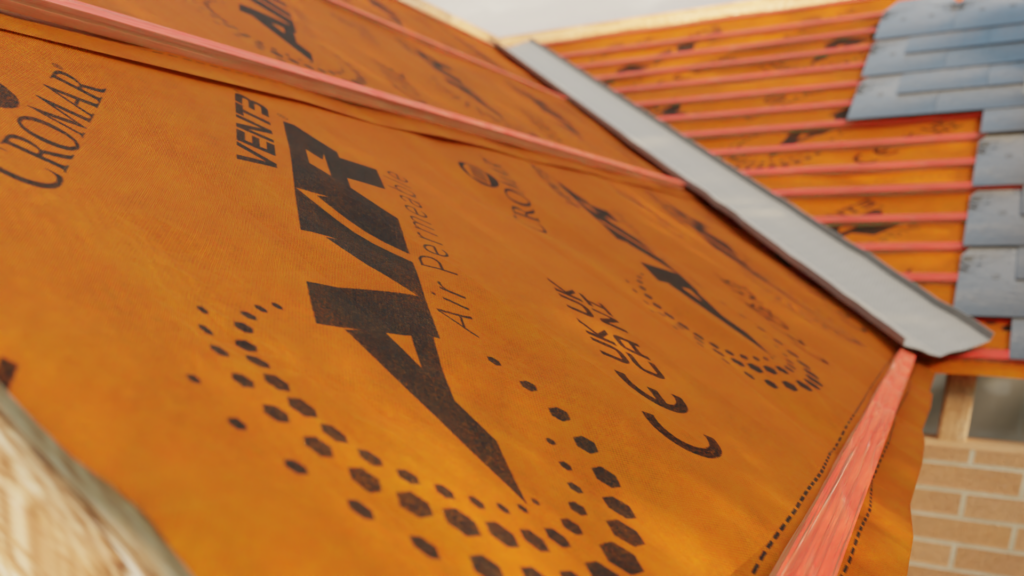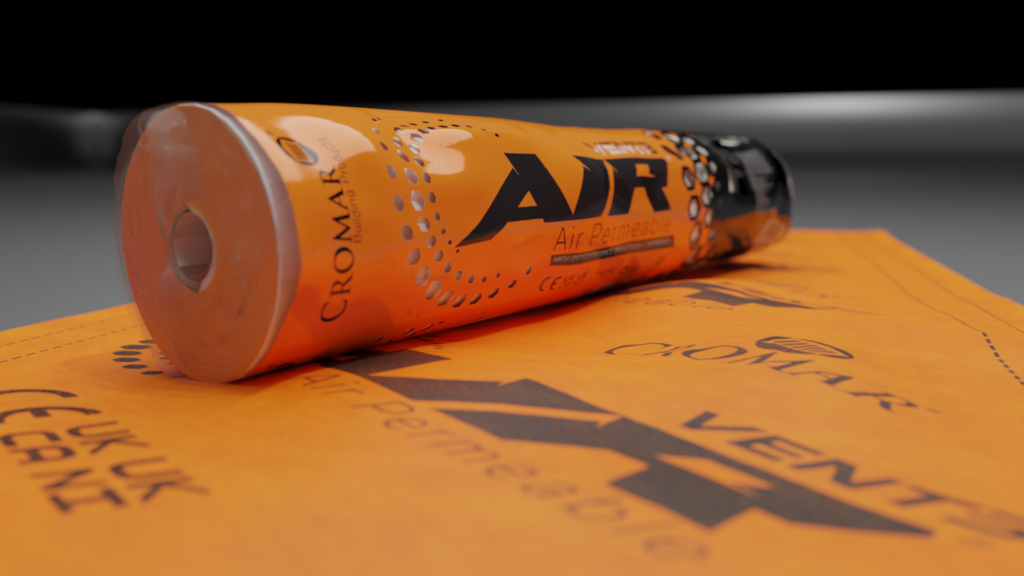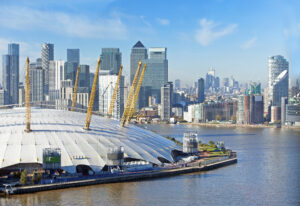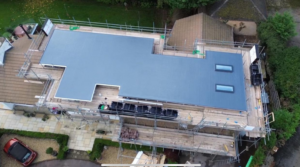2 mins


At Cromar Building Products, we have been working tirelessly and listening to our much-valued customer base to their needs and wants. With the building industry changing all the time and building and safety standards becoming more prevalent we have been developing a new air open membrane featuring qualities to improve our future housing.
An “air-open” breather membrane is a type of building material used in construction, specifically for roofing and wall systems. Its primary function is to allow for the passage of air while still serving as a protective barrier against external elements like wind and rain. This type of membrane is designed to enhance the overall performance and efficiency of a building.
Key characteristics and features of air-open breather membrane include:
- Breathability: The term “air-open” signifies that the membrane has a high level of breathability, allowing moisture vapour to pass through it. This characteristic is crucial for preventing condensation and moisture build-up within the building structure.
- Vapour Permeability: Air-open breather membranes are highly vapour-permeable, meaning they permit the movement of water vapour while blocking liquid water. This property helps maintain the optimal moisture levels within the building envelope.
- Wind Resistance: Despite their breathability, these membranes are engineered to be resistant to wind and rain. They act as a weatherproof barrier that protects the building from the external elements, such as wind-driven rain.
- Thermal Performance: Air-open membranes can enhance the thermal performance of a building by preventing the accumulation of moisture within the insulation layer, which can lead to reduced thermal efficiency.
- Compliance: Many air-open breather membranes meet the relevant building codes and regulations, which often include requirements for moisture management and energy efficiency.


By allowing air to pass through and facilitating the movement of moisture vapour, air-open breather membranes help maintain a healthy and energy-efficient building envelope. They are particularly useful in cold and mixed climates, where the risk of condensation and moisture-related issues is high.



